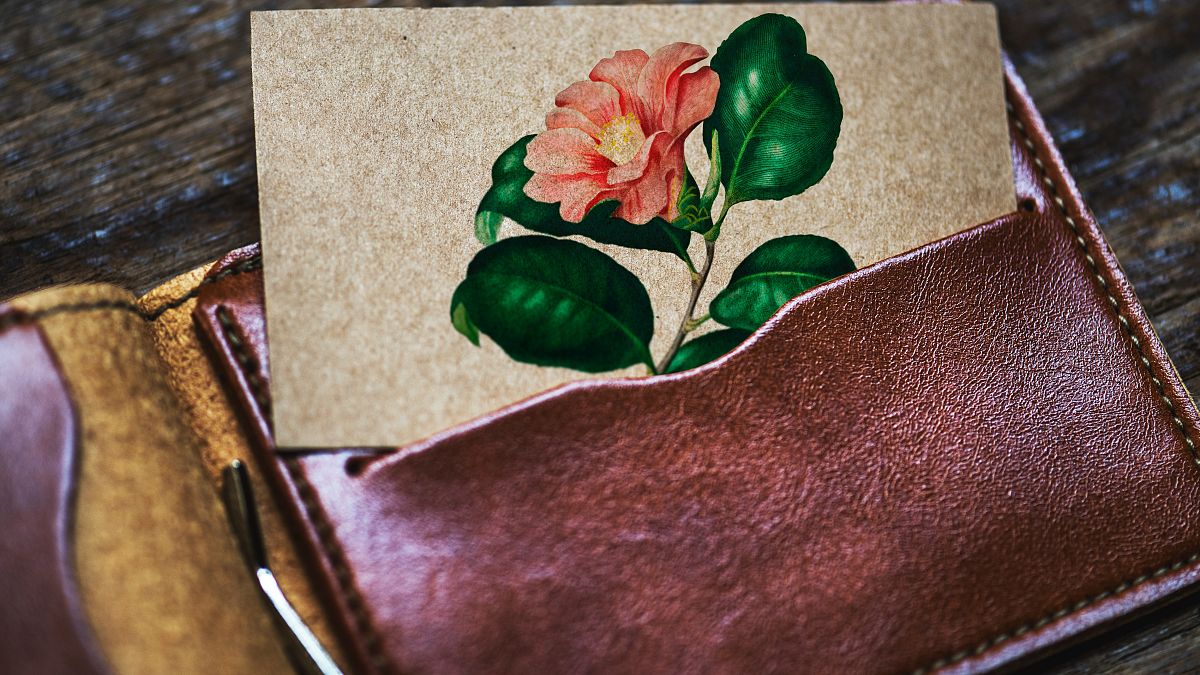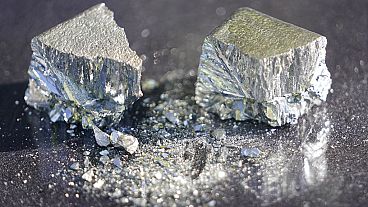The path to a sustainable leather industry is underway.
The debate around the sustainability of leather production is gaining momentum in the fashion industry. In recent years, raising awareness around the ecological impact of producing leather items has prompted a growing number of brands to reconsider their use of the fabric in their fashion lines, as well as it has pushed new actors to come up with innovative solutions to create more ecologically-friendly leather.
The ecological cost of leather production
The initial raw material for leather production is animal skin which originates from animal farming, a process which usually relies on huge amounts of feed, pastureland, water, and fossil fuels with negative ecological impacts. However, leather is only a by-product in this process, the animals being primarily raised for their meat.
Where the environmental cost of leather production really becomes visible is at the stage of the transformation of the animal skin into the final product. Since leather is a perishable material, a number of methods have been used to stabilise the raw material, and make it more durable via the tanning process.
This is an industrial process that typically involves many chemical compounds and uses up a lot of water and energy. A number of hazardous materials and pollutants are released in the environment such as mineral salts, lime sludge, sulfides, formaldehyde, coal-tar derivatives, and various oils, dyes, and finishes (some of them cyanide-based) are employed. . Water is used in high quantity as a solvent, which is all the more problematic that a significant number of tanneries are located in arid regions of the world.
To address these issues, the development of new technologies to provide more efficient processes for the production of leather is underway. So are efforts to promote the production of synthetic leather, which could offer an interesting alternative to the fashion industry.
Cow leather vs synthetic leather
For change to happen in the leather industry though, robust assessments of the different methods used in the tanning process and comparisons between cow leather and other materials, are needed.
Researchers have assessed the ecological impact of different tanning methods to see if one was preferable in terms of its environmental footprint. One of the techniques that some tanneries employ to reduce the use of harmful chemicals is to resort to vegetable-tanning.
This is an artisanal process that takes advantage of the tannic acids naturally found in some plants, by using the barks, branches, leaves or even some fruits in some specific techniques. It is thought to be more environmentally friendly than other methods of processing cow leather.
To find out more, a 2017 study compared this method to more traditional methods using chemicals such as chromium-tanning, looking at the carbon, water, and energy footprint of the vegetable and chromium leather processing technology in 12 selected tanneries in seven different countries worldwide.
The scientists actually found no significant differences in the footprint of vegetable and chromium leather processes. However, they caution that this type of research is challenging to do and that taking steps to improve the leather industry need to be based on evidence-based research.
“Each tannery proved to be very individual, and therefore attempting to perform this type of analysis without simply producing meaningless generalities is a challenge for companies, researchers, and regulators,” the researchers say. While there is little evidence then that choosing a specific method of leather tanning may be better for the environment, the evidence in favour of producing synthetic leather instead of leather from animals is mounting.
The 2017 Pulse of The Fashion Industry Report published by the Global Fashion Agenda and The Boston Consulting Group, was instrumental in highlighting the idea that the production of synthetic leather is less damaging to the environment. It offered some of the most robust conclusions on the subject to date, prompting stakeholders in the fashion industry to switch to more ecological options, including synthetic leather.
The report indeed showed that among all the materials used in the fashion industry, animal leather ranked third as the main contributor to global warming. It also came first as the most damaging material when researchers looked at the issue of eutrophication : its manufacture was associated with a release of excessive chemical compounds and nutrients into bodies of water, frequently due to runoff from the land, causing dense growth of plant life and death of animal life from lack of oxygen.
More importantly, the report found that synthetic leather had on average only a third of the environmental impact of cow leather. Switching to alternative materials, including synthetic leather, could thus directly improve a product’s ecological footprint.
Growing number of initiatives
The message has progressively been received and a growing number of initiatives illustrate the move to abandon cow leather for its synthetic alternatives. Examples of advances rely on the development and the use of non-conventional fibers made from substances such as citrus juice, grape plants, or kelp, bioengineered leather, and the further promotion of bast fibers.
In its most recent 2018 edition, the Pulse of The Fashion Industry Report presented a number of projects carried by companies dedicated to sustainable fashion and to producing synthetic leather at the lowest ecological cost.
Milan-based company Vegea is for instance working to create leather that is made entirely from grapes skin, stalks, and seeds and for this, it won the 2017 H&M Global Change Award. Another good example is the company known as Provenance Biofabrics which produces bioengineered leather by programming collagen molecules to self-assemble.
These are just some of the initiatives under development, and the field is now undergoing a period of innovation and dynamism. Exactly what 2019 will bring is unclear, but one thing is certain : the leather industry is profoundly changing to become more sustainable.
Writer: Léa Surugue



